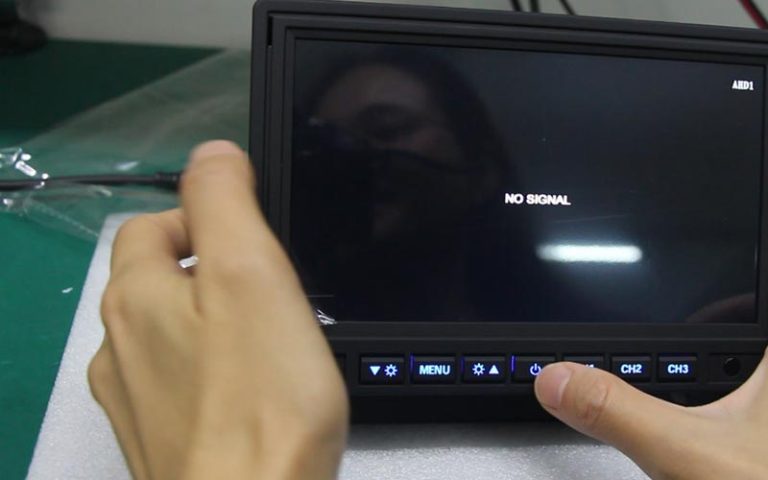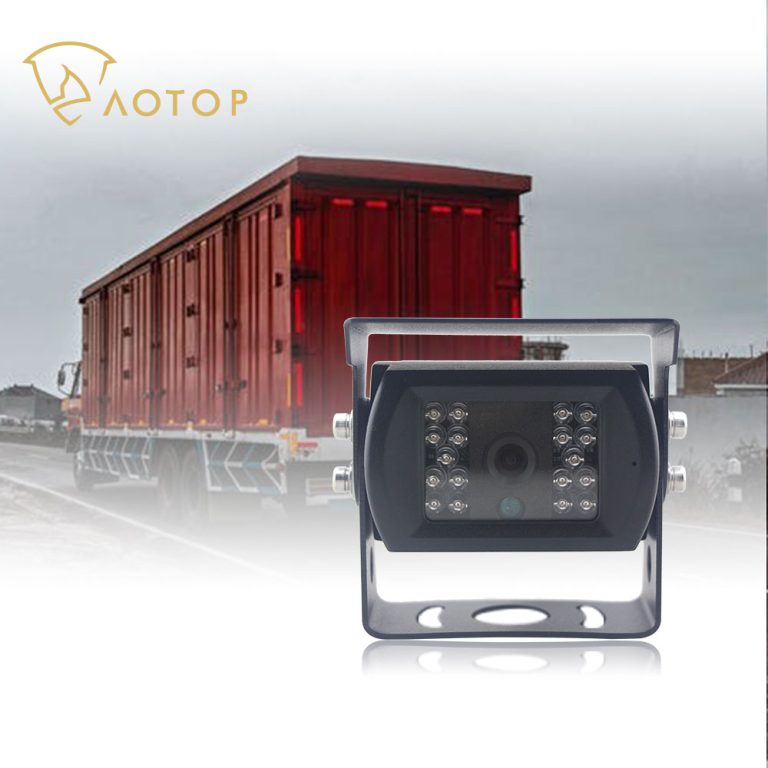The issue of blind zones in large vehicles has been a major concern in the sharing of space on the road. Blind zones are areas that the driver cannot directly observe from the driver’s seat, which can lead to hazards and accidents. In this article, we will provide you with an in-depth look at the problem of blind zones and how you can effectively address it.
Table of Contents
Understanding the Different Types of Blind Spots
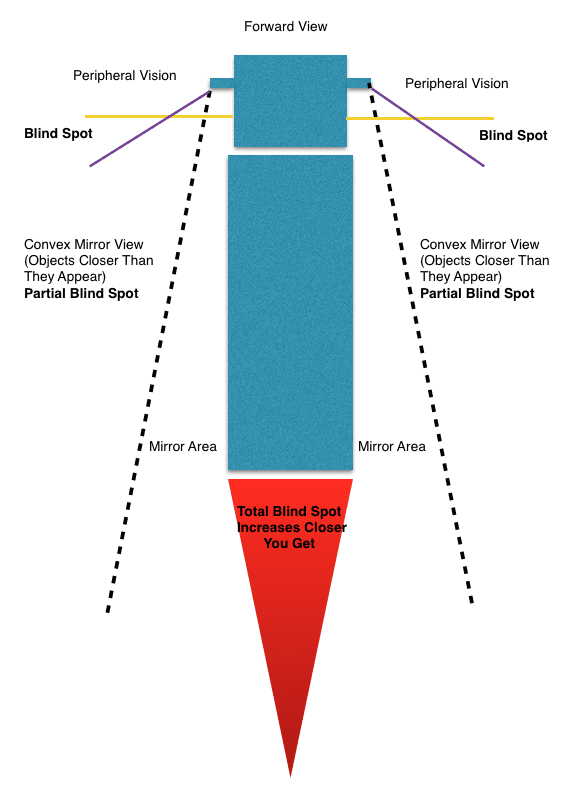
First and foremost, understanding the different types of blind zones is crucial to solving the problem effectively. Large vehicles typically have front blind zones, rear blind zones, left side blind zones, and right side blind zones. Front blind zones are areas in the front of the vehicle that are not directly visible to the driver, while rear blind zones are blind spots in the back of the vehicle. The left and right side blind zones relate to the view from the side of the vehicle. By being aware of the existence of these blind zones, drivers can be better prepared for potential risks.
Using Rear view Cameras and Monitoring Systems
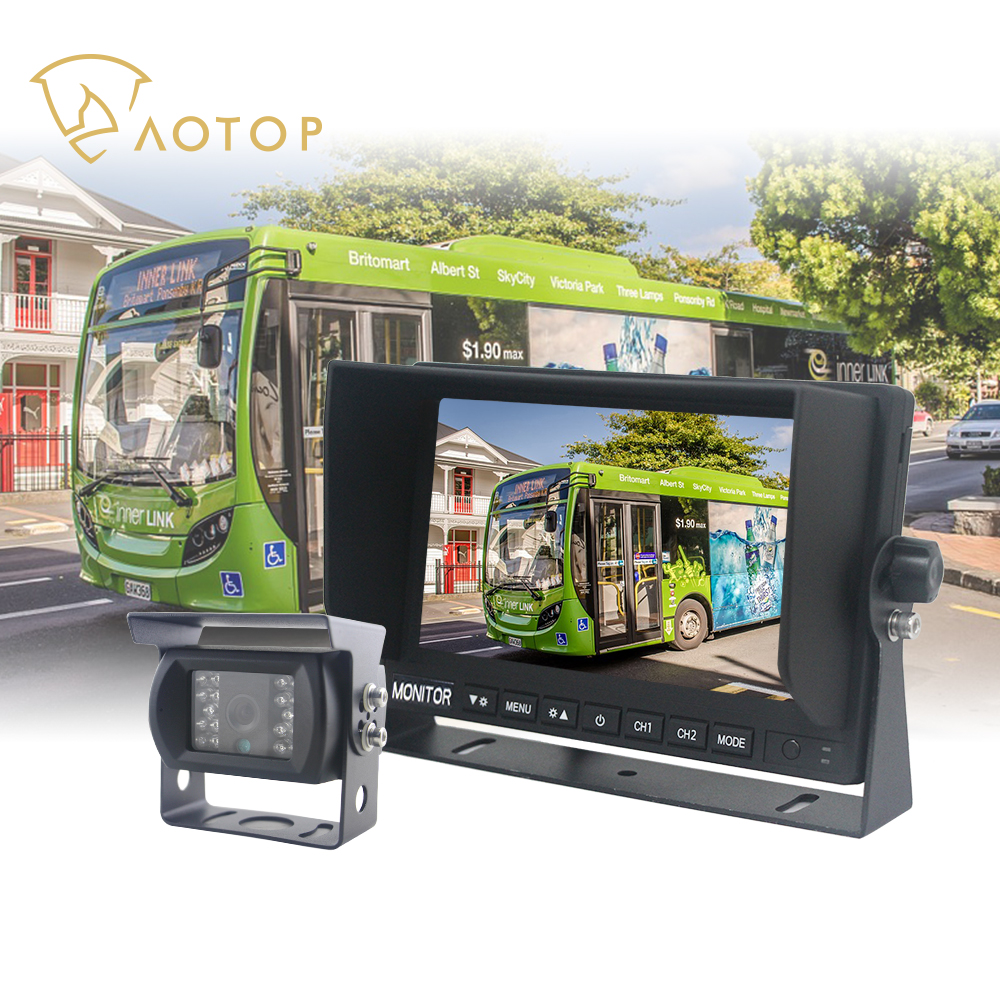
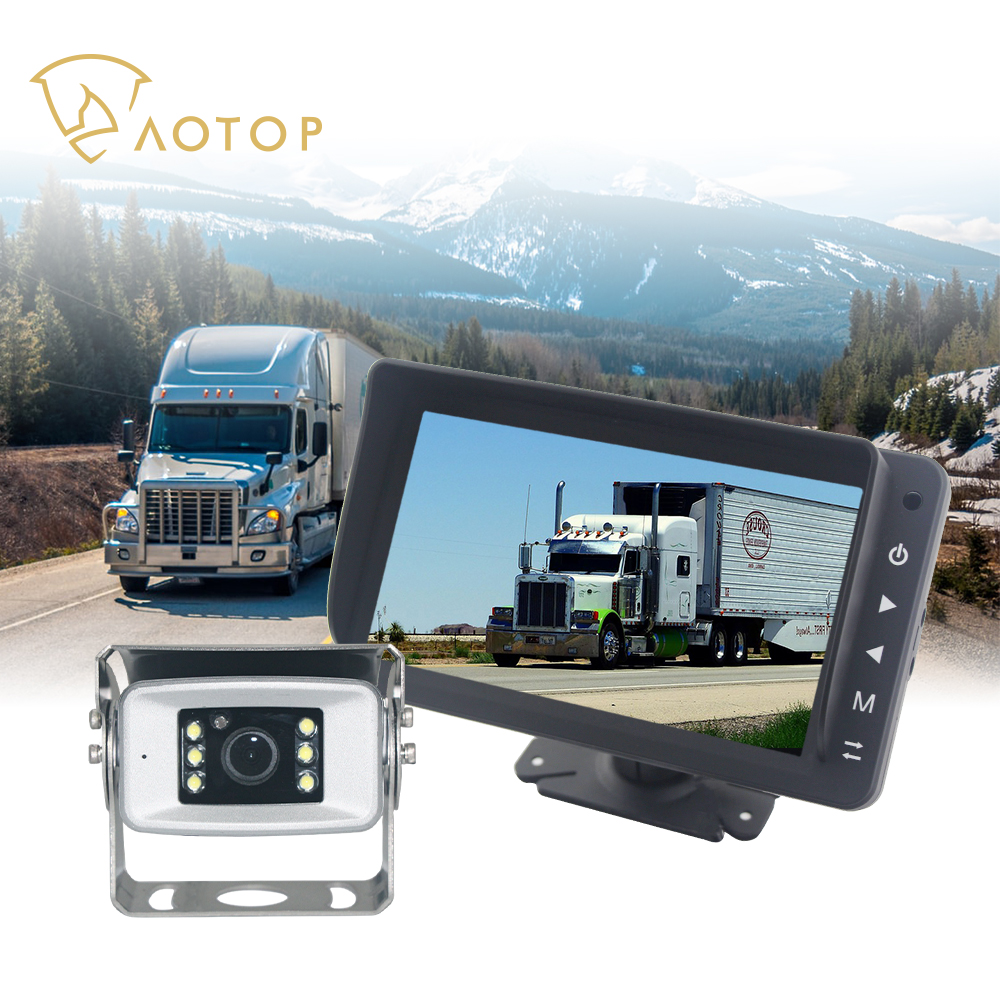
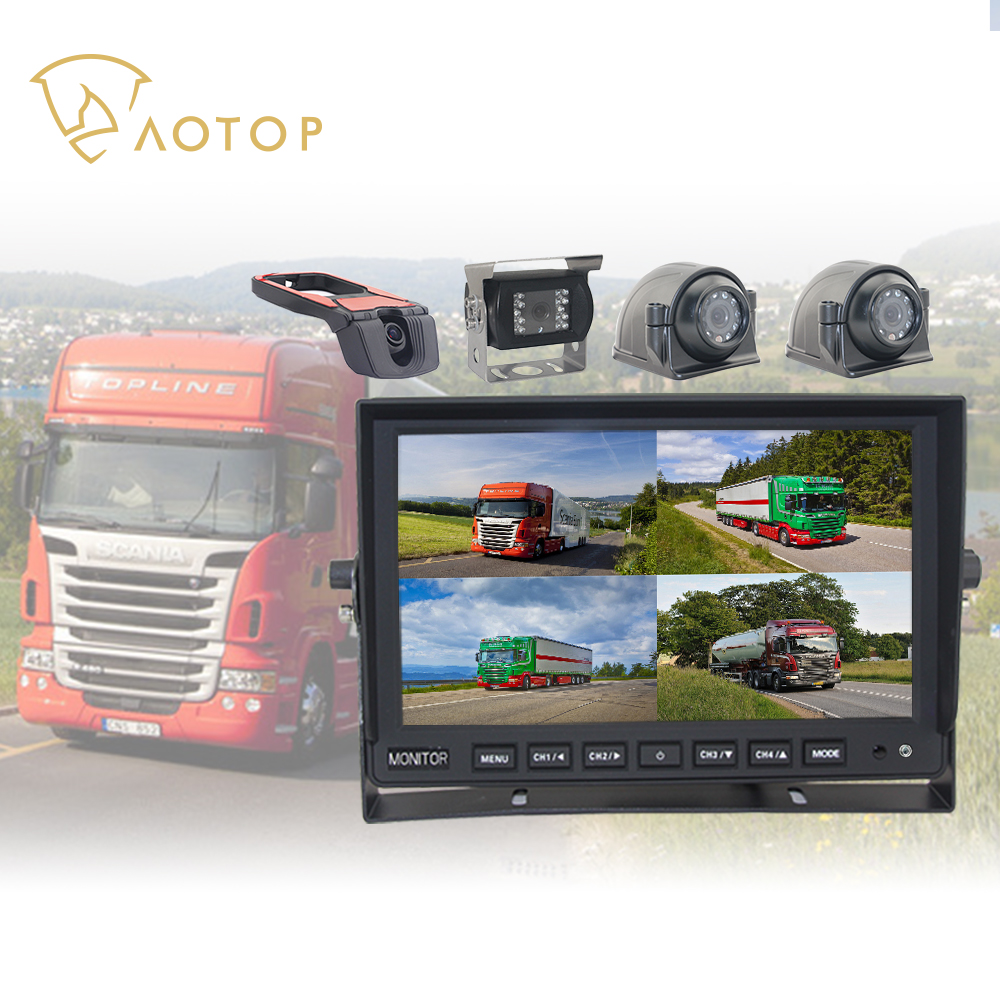
A common solution to blind spot issues is the use of rear view cameras and blind spot monitoring systems. Rear view cameras provide a clear view of the rear and help drivers recognize potential obstacles. Blind zone monitoring systems, on the other hand, use sensors or cameras to monitor the area around the vehicle and provide warnings to the driver. These systems can significantly reduce the risk of blind spots in larger vehicles.
Solutions based on vehicle type
Depending on the type of vehicle, different solutions may be required. Trucks, buses, excavators and other large vehicles may require different equipment and strategies to address blind spots. Therefore, it is crucial to understand the needs of a specific vehicle type.
Properly Adjusted Mirrors
Properly adjusted side and wide-angle mirrors can significantly reduce blind spots. Drivers should ensure that the mirrors are angled to maximize coverage of potential blind zone areas. Regularly check and adjust the mirrors to maintain optimal visibility.
Maintain a Safe Distance
Maintaining a safe distance from vehicles in front and around you can provide more reaction time. This helps to minimize the risks associated with blind spots because you will have more time to take appropriate action if there is a hazard.
Education and Training
Training and education are key to addressing blind spots. Drivers should receive training to improve their ability to recognize and deal with blind spots. This training can cover the use of rearview cameras, monitoring systems, properly adjusting mirrors, and taking precautions to reduce the risk of blind spots.
Regular inspection of equipment
It is important to regularly inspect and maintain rearview cameras, monitoring systems and mirrors to ensure that they operate reliably when needed. Bad weather and poor road conditions can damage these devices, so it’s vital to check them regularly.
Joint operations
Above all, road safety is a shared responsibility of all road users. Drivers, vehicle operators, governments and road users should work together to address the blind spots of large vehicles through education, training and technological improvements.
By taking these comprehensive measures, we can effectively address the blind spot problem of large vehicles, improve safety on the road and reduce traffic accidents and risks. Let’s work together to create a safer road environment.
